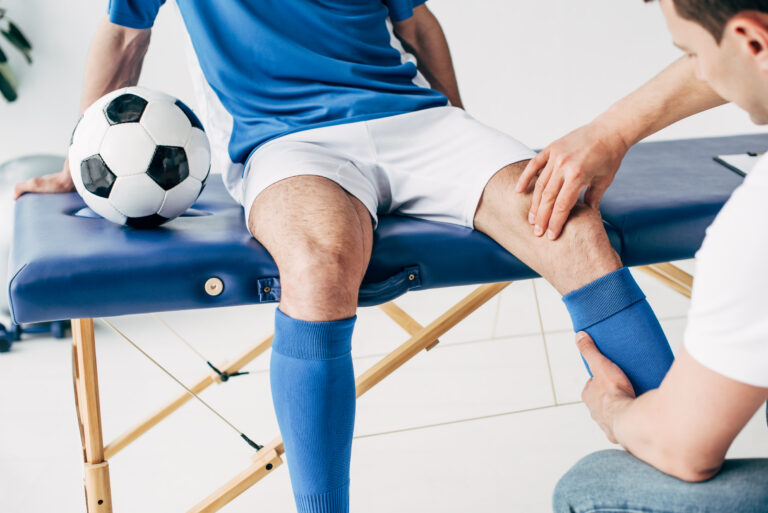Sport injuries rehabilitation and conditioning
Rehabilitation and Conditioning for Sports Injuries
Sport injuries rehabilitation and conditioning play a critical role in helping athletes recover, regain strength, and return to their pre-injury performance levels. Rehabilitation focuses on healing the injured area, restoring range of motion, and reducing pain and inflammation. The process often begins with rest and passive treatments like ice, compression, or physical therapy, progressing to active rehabilitation exercises aimed at strengthening the muscles, ligaments, and tendons around the injury site. Conditioning, on the other hand, involves improving overall physical fitness, endurance, and agility to prevent future injuries and enhance athletic performance. This may include cardiovascular training, functional exercises, balance drills, and sport-specific movements tailored to the athlete’s needs. The goal is to ensure that athletes not only recover but also improve their resilience, reduce the risk of re-injury, and return to competition stronger than before. Both rehabilitation and conditioning should be customized based on the nature of the injury, the sport, and the individual’s fitness level to promote a safe and effective recovery.


